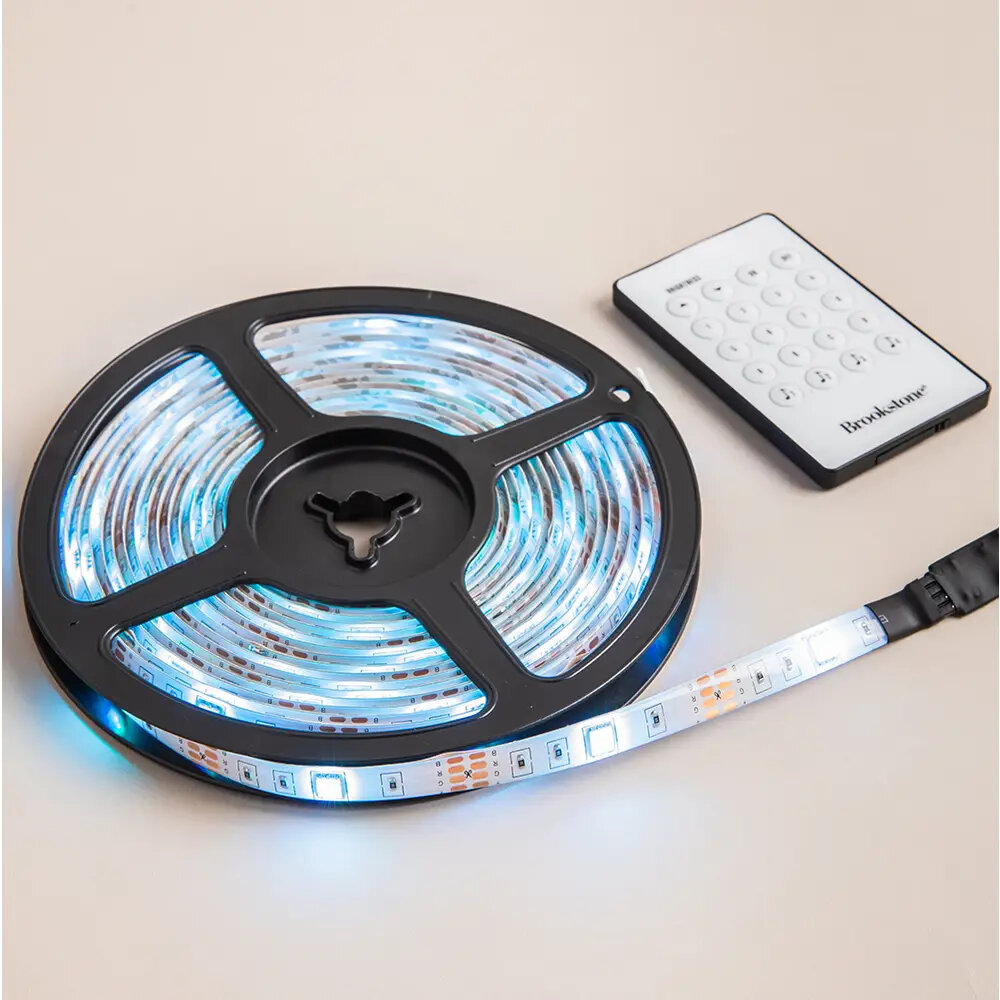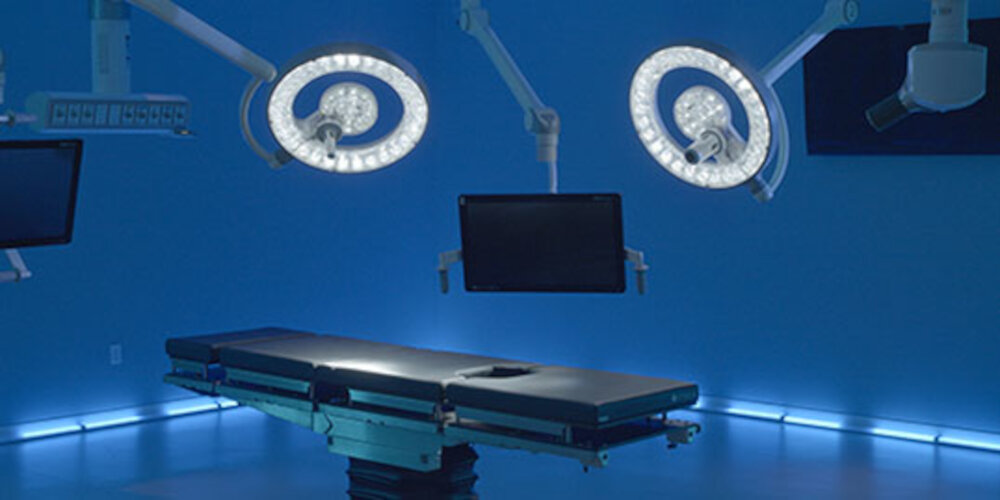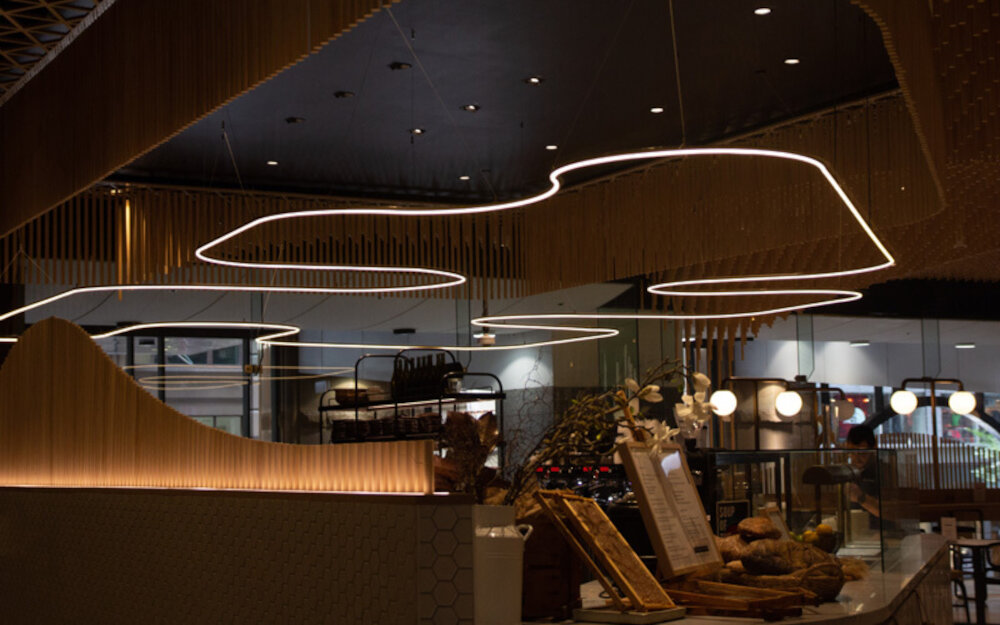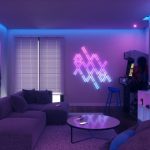DIY Guide: Splicing LED Light Strips Made Easy

LED light strips are one of the most popular lighting options on the market today. They are versatile, easy to install, and provide a range of customization options to fit any design or mood. However, sometimes the standard length of LED light strips may not fit the exact specifications of your project. In these cases, splicing LED light strips becomes necessary, and it can seem like a daunting task for many DIY enthusiasts. The good news is that splicing LED light strips is not as difficult as it may seem. With the right tools, materials, and guidance, anyone can splice LED light strips and achieve a professional-looking result. This DIY guide will provide you with step-by-step instructions and tips on how to splice LED light strips safely and effectively, and create a customized lighting solution that perfectly fits your needs.
LED light strips are a versatile and energy-efficient lighting solution that has gained popularity in recent years. These strips consist of small LED lights mounted on a flexible circuit board that can be easily cut and spliced to fit any space. LED light strips come in a variety of colors and brightness, making them ideal for creating a unique and personalized lighting effect in any room. They are commonly used in home decor, under-cabinet lighting, outdoor lighting, and even as a backlight for TVs and monitors. With their low power consumption and long lifespan, LED light strips are an excellent choice for those looking to reduce their energy usage and save money on their electricity bills.
LED light strips are a popular choice for DIY enthusiasts because of their versatility, energy efficiency, and ease of installation. However, it can be challenging to find the perfect length of LED strip for your project. This is where splicing comes in handy. Splicing LED light strips allows you to customize the length of your LED strip to fit any project. It also enables you to create unique designs and patterns, giving you the flexibility to make your project truly your own. Additionally, splicing can save you money by allowing you to buy a longer strip and cut it to the desired length. Overall, splicing LED light strips is an essential skill for any DIY enthusiast looking to create customized lighting solutions.
Tools and Materials Needed

When it comes to splicing LED light strips, it is essential to have the right tools and materials. First and foremost, you will need a pair of sharp scissors or wire cutters to cut the LED strips to your desired length. It is important to make precise cuts so that the spliced sections fit together perfectly. A ruler or measuring tape can also come in handy to ensure that each cut is uniform and precise. In addition to cutting tools, you will need a soldering iron and solder wire to attach the wires of the LED strips. A heat gun or lighter can be used to shrink heat shrink tubing around the soldered connections, providing a secure and insulated connection. Electrical tape can also be used to further secure the connection and prevent any potential electrical shorts. Finally, a power source, such as a battery pack or power adapter, will be necessary to power the LED light strips. With these tools and materials, splicing LED light strips can be a simple and enjoyable DIY project.
When it comes to splicing LED light strips, having the right tools and materials at hand is crucial. Some of the necessary tools include a soldering iron, wire cutters, wire strippers, and heat shrink tubing. A soldering iron is necessary for fusing wires together, while wire cutters and strippers make it easier to trim and strip wires to the desired length. Heat shrink tubing is a vital material used to insulate wires and protect them from damage. Additionally, a power supply and LED light strips of the same voltage are also necessary to complete the project. With these tools and materials, splicing LED light strips will become an easy and enjoyable DIY project for anyone.
In this DIY guide splicing LED light strips made easy, there are several tools and materials required to complete the task. Firstly, a pair of scissors or wire cutters is necessary to cut the LED strip to the desired length. Secondly, a soldering iron and solder are needed to join the cut segments together. It is also important to have heat shrink tubing or electrical tape to insulate the connections and prevent short circuits. Additionally, a power source such as a transformer or battery is required to power the LED strips. Lastly, a multimeter can be used to measure voltage and ensure proper connections. By utilizing these tools and materials, splicing LED light strips can be a simple and rewarding DIY project.
StepbyStep Guide

When it comes to splicing LED light strips, it may seem like a daunting task, especially for those who are not familiar with electrical wiring. However, with the right tools and a step-by-step guide, it can be a relatively simple process. The first step is to gather all the necessary tools and materials, including wire cutters, wire strippers, soldering iron, solder, and heat shrink tubing. It’s important to ensure that all the tools and materials are of good quality to ensure a safe and successful splicing process. Once you have all the necessary tools and materials, the next step is to carefully plan and measure where you want to splice the LED light strips. It’s important to ensure that the spliced area is clean and dry to avoid any electrical problems. Next, carefully cut the LED light strip at the desired location and strip the wires to expose the copper core. After that, twist the wires together and solder them using a soldering iron and solder. Finally, cover the spliced area with heat shrink tubing and use a heat gun to shrink the tubing to secure the connection. With these simple steps, you can easily splice LED light strips and create your own customized lighting solutions.
Before starting the process of splicing LED light strips, it is essential to make all the necessary preparations. This step ensures that the project runs smoothly and efficiently. Firstly, gather all the required tools and materials, such as a soldering iron, solder, wire cutters, and LED connectors. Secondly, create a clean and organized workspace, free from any clutter or distractions. Thirdly, carefully measure and plan the length of the LED strips to be spliced and ensure that they are compatible with each other. Lastly, read through the instructions thoroughly and plan the sequence of steps that need to be followed. Proper preparation will help avoid mistakes and make the splicing process more comfortable and safer.
In the second step of the DIY guide to splicing LED light strips, it is crucial to cut the strip to the desired length to fit the intended space. The process is simple, but one must ensure that the cutting is done precisely to avoid damaging the copper contacts on the strip. The LED light strip can be cut at designated intervals, marked by a scissor icon or a dotted line. A sharp pair of scissors or a cutting tool can be used to cut along the marked line. It is important to note that the strip’s end should not be cut, as it contains the copper contacts needed to connect to the power source. With the correct length achieved, the next step is to connect the strip to the power supply.
The third and crucial step in splicing LED light strips is to attach the connector. This process requires patience and precision to ensure that the connection is strong and secure. Firstly, strip off the insulation from both ends of the wires and twist them together. Then, insert the twisted wires into the connector and fasten it tightly. It’s essential to make sure that both wires are correctly placed in the connector and that there is no exposed wire. Finally, test the connection using a multimeter to check if the connection is stable and secure. With this step completed successfully, the LED light strips will light up and function correctly.
Step 4 of the DIY Guide Splicing LED Light Strips Made Easy is to solder the wires. Soldering is a crucial step in joining two wires together in a secure and permanent manner. It involves heating a metal alloy and melting it to bond the wires together. It is important to ensure that the solder is applied evenly for a strong and reliable connection. Additionally, using a high-quality soldering iron and solder wire is essential for achieving a professional and long-lasting result. While it may seem intimidating, with the right tools and technique, soldering can be a straightforward and rewarding process.
After completing the splicing process, it is essential to test the connection before mounting the LED light strips. Testing the connection ensures that the spliced wires are connected correctly, and the LED light strips are functioning correctly. To test the connection, connect the LED light strip to a power source and turn it on. Check if all the spliced LED light strips are lit up and if the colors are uniform. If any of the LED light strips aren’t functioning correctly, check the spliced connection again to make sure it’s done correctly. This step is crucial to avoid having to redo the entire splicing process, saving time and effort in the long run.
Common Mistakes to Avoid

When it comes to DIY projects, it’s easy to get caught up in the excitement and rush through the process without paying attention to the details. However, when it comes to splicing LED light strips, it’s crucial to take your time and avoid common mistakes that can ruin your hard work. One of the most common mistakes is not measuring the length of the LED strip accurately before cutting it. This can lead to uneven or too-short sections, which can be frustrating and time-consuming to fix. To avoid this mistake, take your time and measure twice before making any cuts. Another mistake to avoid is not using the correct tools for the job. Using the wrong tools can not only damage the LED strip but can also pose a safety hazard. For example, using scissors instead of wire cutters can leave frayed edges on the LED strip, which can cause it to short out. Additionally, using a soldering iron that’s too hot can melt the LED strip and ruin it completely. To avoid these issues, invest in high-quality tools that are specifically designed for splicing LED light strips. It may cost a bit more upfront, but it will save you time, money, and frustration in the long run.
When it comes to splicing LED light strips, there are a few common mistakes that DIY enthusiasts often make. One of the most common mistakes is cutting the strip at the wrong place, which can lead to wasted materials and uneven lighting. Another mistake is failing to properly clean the surface before applying the splice connector, which can result in a weak connection and eventual failure. It’s also important to avoid over-tightening the connectors, as this can damage the strip and cause it to malfunction. Finally, it’s crucial to ensure that the polarity is correctly aligned when connecting multiple strips, as this can affect the overall brightness and color consistency of the lighting. By avoiding these mistakes and following the proper techniques, anyone can successfully splice LED light strips with ease.
To avoid mistakes while splicing LED light strips, it is recommended to first read the instructions thoroughly and understand the process. One should use proper tools and ensure that the strips are cut at the designated points. It is important to clean the surface before applying the strip and ensure that it is aligned correctly. Additionally, one should use compatible connectors and power sources to avoid any damage to the LED light strips. Testing the connections before permanently attaching them is also advisable. By following these steps and being patient, one can ensure a successful and safe splicing of LED light strips.
Tips and Tricks

When it comes to splicing LED light strips, there are certain tips and tricks that can make the process much easier. One important tip is to always use the correct tools for the job. This includes wire strippers, pliers, and a soldering iron. Using the wrong tools can not only make the job more difficult, but it can also damage the LED light strips. Another important tip is to carefully plan out the placement of the splices before starting the process. This can save time and prevent mistakes from being made. Another helpful trick when splicing LED light strips is to use heat shrink tubing. This tubing can be placed over the soldered connections to provide extra protection and prevent them from coming apart. It is also important to use the correct gauge of wire for the splices. Using wire that is too thin can cause the LED lights to flicker or not work at all, while using wire that is too thick can make the splices more difficult to make. By following these tips and tricks, splicing LED light strips can be a simple and straightforward process.
Splicing LED light strips can be a daunting task for beginners, but with the right tools and techniques, it can be an easy and fun DIY project. Here are some tips and tricks that can help you splice LED light strips like a pro. Firstly, make sure to use the correct tools such as wire cutters, soldering iron, and heat shrink tubing. Secondly, prepare the LED light strips by cutting them to the desired length and exposing the copper pads. Thirdly, solder the wires together by heating the soldering iron and melting the solder onto the copper pads. Finally, cover the soldered wires with heat shrink tubing and use a heat gun to shrink it down. With these tips and tricks, you can splice LED light strips with ease and create your own custom lighting designs.
When it comes to splicing LED light strips, there are various tips and tricks that can make the process easier and more efficient. One of the most important things to keep in mind is to always use the right tools for the job, such as wire cutters, strippers, and crimpers. Another useful tip is to plan out the placement and length of the LED strips before splicing them together, as this can help minimize the amount of excess wiring needed. Additionally, it’s crucial to ensure that the polarity of the wires is correctly matched when splicing the strips, as this can affect the brightness and functionality of the lights. By following these tips and tricks, anyone can successfully splice LED light strips and create custom lighting solutions for their home or business.
Splicing LED light strips is an important technique in DIY lighting projects, as it allows for greater flexibility and customization of lighting designs. Whether you’re looking to extend the length of your LED strip, create unique patterns, or install them in hard-to-reach places, splicing is an essential skill. By cutting and connecting LED strips with soldering or specialized connectors, you can create custom lengths and designs that perfectly fit your space. Additionally, splicing allows for more efficient use of LED strips, reducing waste and saving you money. With the right tools and techniques, anyone can learn to splice LED light strips and take their DIY lighting projects to the next level.
In conclusion, splicing LED light strips can seem daunting at first, but with the right tools and techniques, it can be a fun and rewarding DIY project. Not only can you save money by customizing your own LED strip lights to fit your specific needs, but you can also add a personal touch to your home or workspace. Remember to always follow safety precautions and take your time with the process. With a little patience and practice, you’ll be able to create beautiful and functional LED lighting designs that will impress your friends and family. So don’t be afraid to give it a try and let your creativity shine!
Conclusion

In conclusion, learning how to splice LED light strips can be a daunting task, but with the right tools and knowledge, it can be an enjoyable and rewarding experience. Whether you are a DIY enthusiast or a professional electrician, mastering the art of splicing LED light strips can enhance your creativity and improve your lighting projects. Remember to always prioritize safety and follow instructions carefully to avoid any accidents. By following this DIY guide, you’ll be able to create stunning lighting designs and add a unique touch to any space. So, go ahead and let your creativity shine with spliced LED light strips!




